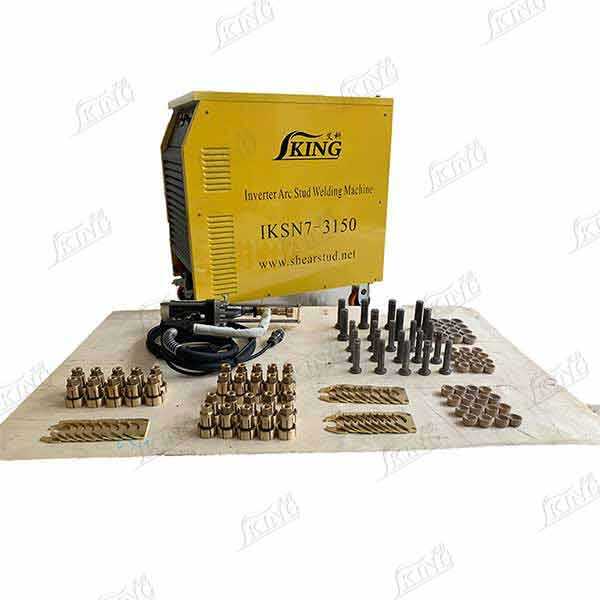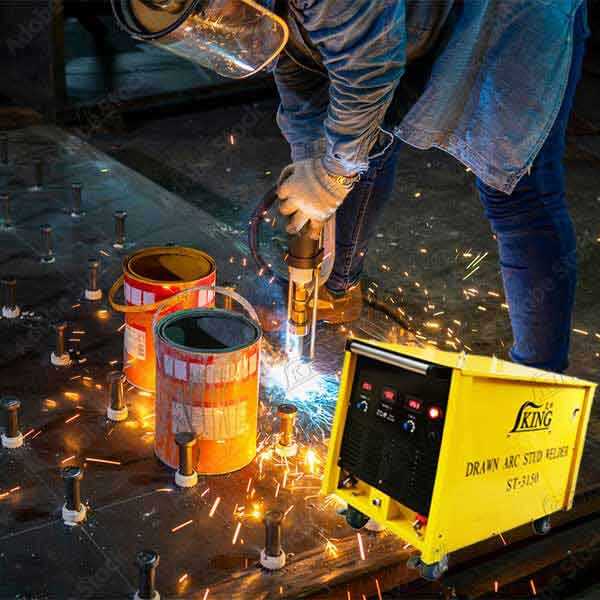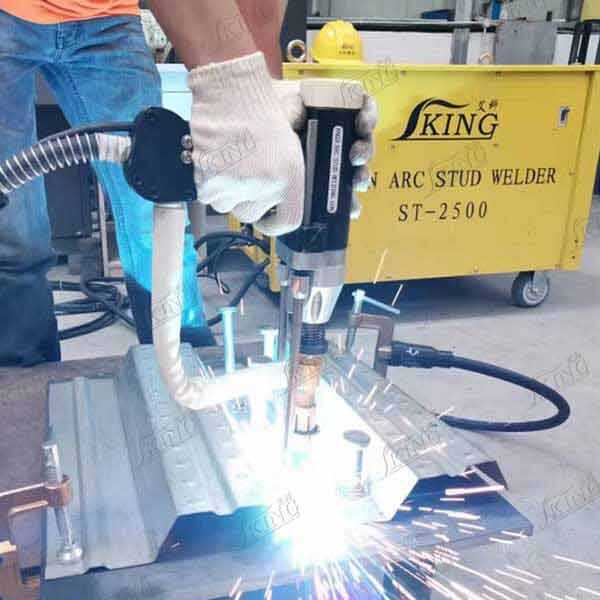bolt spot welder
A bolt spot welder is an advanced precision welding tool designed specifically for joining metal components through concentrated electrical resistance heating. This specialized equipment delivers high-current electrical pulses through electrodes to create strong, localized welds in a matter of milliseconds. The device excels in automotive manufacturing, industrial fabrication, and metal processing applications, offering precise control over welding parameters including current intensity, weld time, and pressure application. Modern bolt spot welders incorporate sophisticated microprocessor controls that enable operators to program and store multiple welding schedules, ensuring consistent results across large production runs. The system typically features water-cooling mechanisms to maintain optimal operating temperatures during extended use, while its ergonomic design facilitates easy positioning and operation. Advanced models include real-time monitoring capabilities that provide instant feedback on weld quality and performance metrics. The equipment's versatility allows it to handle various metal thicknesses and compositions, making it invaluable in applications ranging from automotive body assembly to appliance manufacturing and sheet metal fabrication.


